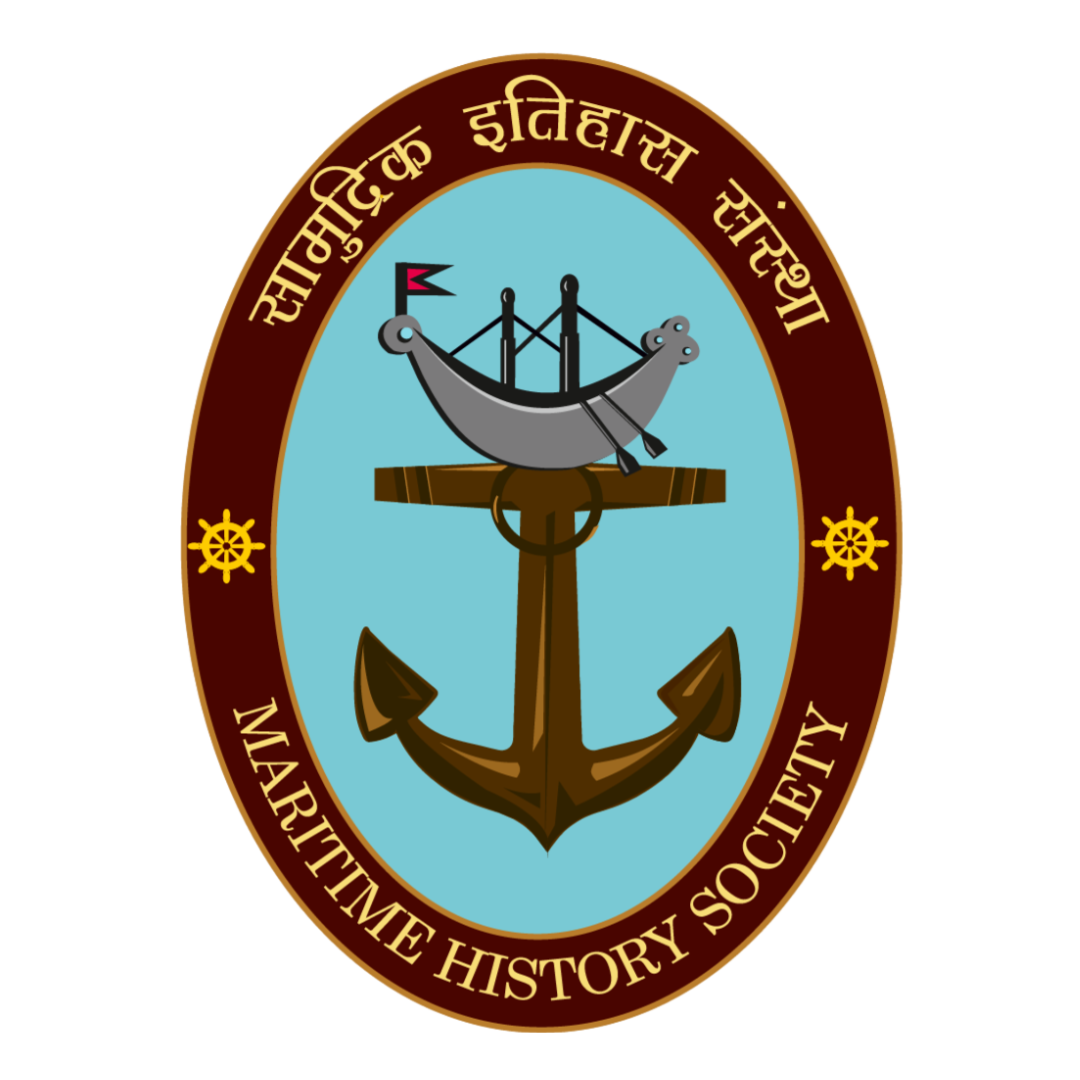On 24 June 2021, Shri Rajnath Singh visited the Karwar Naval Base to review the progress of Project Seabird where he expressed his hopes for it to culminate into “Asia’s largest Naval base.” Karwar is known for scenic beaches surrounded by the lush Western Ghats, islands, and monuments. The beauty and serenity of this very place is said to have inspired Shri Rabindranath Tagore to write his drama ‘Prakritir Pratisodh’ during his visit to the city in 1882. So, what is the story of Karwar that is set to become the Indian Navy’s stronghold of power in the coming decades?
Karwar, a coastal city, lies in the Uttara Kannada district of Karnataka located on the banks of the Kali River. Ancient records trace Karwar to the Kadamba Dynasty (345-525 CE) that ruled Uttara Kannada. The present Naval Base at Karwar is named INS Kadamba, commemorating this very dynasty. In successive centuries, the region passed through the hands of great empires like the Chalukyas and Vijayanagar Empire. ‘An Account of Trade in India’ by Charles Lockter (1711), refers to “Carwar” as an East India Company factory and mentions that “The best Pepper in the World grows here-abouts”. Portuguese traders referred to Karwar as Cintacora, Chitrakul, or Sindpur. The English Courteen Association built a factory at Kadwad village in 1638 and traded with Arabian and African merchants in commodities like muslin, pepper, cardamom and coarse blue cotton cloth. When the Courteen Association merged with the East India Company, Karwar was made into a Company Town.
Chhatrapati Shivaji gained control over Carwar and regions in North Kanara by 1675. He recognized the importance that attracted European traders to ports along the Kanara coast, laden with spices, rice and forest products and made multiple attempts to conquer the area. Karwar’s mighty Sadashivgadh Fort was built in 1715 by Raja Basavaling of Sonda. It is strategically located along the northern banks of the Kali River and motivated not only Chhatrapati Shivaji, but also the Portuguese and English traders to gain control of Carwar. After the 3rd Anglo-Maratha War (1817-1819) Karwar became a part of the East India Company. In 1862 it was made into a district headquarters for the British Empire. Attempts were made to connect Karwar to interior Southern Cotton Districts, to boost maritime cotton trade. But The British Administration was inclined towards constructing a railway line through the Portuguese territory in Goa, which reduced the trade volume flowing through Karwar. Ships from the Bombay Steam Navigation Company were also frequent visitors to the Karwar port. During World War II, Karwar served as an ideal spot for training the sea cadets set to join the Royal Indian Navy.
Karwar has thus played a very significant role in the maritime history of India. Karwar’s location shelters it from cyclonic devastation, deep waters and small islands provides protection from tidal elements; thus, it was an ideal choice for Indian Navy’s new base. The 1971 war had led to the realization that Indian Naval Ships faced movement challenges due to traffic congestion in the Mumbai Harbour. There was also need for untapped land to construct supporting infrastructure for the Ships. Thus, the Project Seabird at Karwar was conceptualized as the largest infrastructural project for the Indian Navy. Our Defense Minister expressed his confidence that the completion of the base would strengthen our security preparedness and boost trade and economy. Today, the Karwar base is home to a number of ships including the aircraft carrier INS Vikramaditya. With its future expansion, Karwar is all set to advance the Navy’s and country’s maritime aspirations.
References:
- Hiranandani, G. (2009). Transition to eminence. Delhi: Lancer.
- Lockter, C. (1711). An account of the trade in India. London: [s.n.].
- Imperial Gazetteer2 of India, Volume 15, page 66 — Imperial Gazetteer of India — Digital South Asia Library. http://dsal.uchicago.edu/reference/gazetteer/pager.html?objectid=DS405.1.I34_V15_072.gif



0 Comments